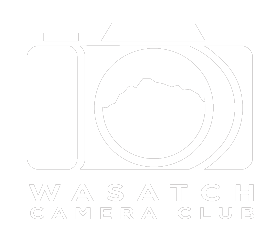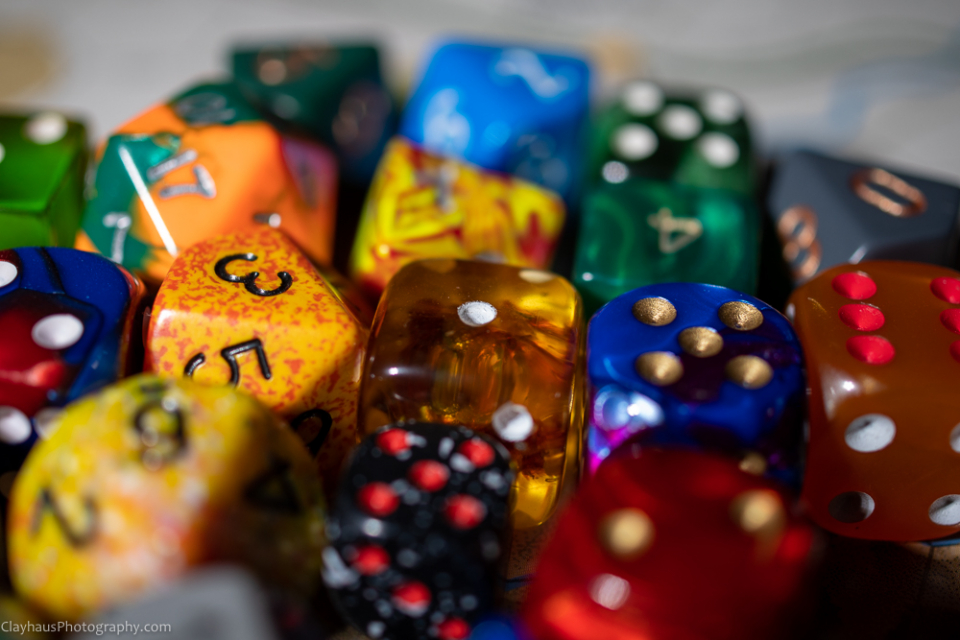I’m hard-pressed to think of a better use of #StayAtHome self-isolation-time than exploring the world around you via macro, micro, or close-up photography. Especially if you are getting burned-out on processing images from past trips and photo-shoots and need some other creative activity to occupy your climbing-up-the-walls-over-active mind. There are lots of great tutorials out there on the Internet so I won’t get into the details of what is or is not macro photography. I’ve included a number of links at the end of this post, but suffice it to say that the line between macro and close-up photography can and often does get blurred. For the purposes of this post – and the following related posts – I am going to worry less about crossing that line but will note equipment and techniques as I explore.
The assignment, should you choose to accept it, is to find interesting objects to photograph using macro or close-up techniques, in and around your house. The bigger challenge is to shoot humdrum subjects so that they become interesting! For my first exploration – yesterday – I chose two macro lenses that I use regularly when I am photographing macro or macro-like subjects: a Sigma 105mm/f2.8 and a Pentax Limited 35mm/f2.8. Both of these have true 1:1 magnification so are considered “true macro lenses.” If you do not have a macro lens I have included a link to B&H Photo’s macro lens listings. You can see that they start from around $450 and climb upward steeply from there. For third party lenses I can recommend both Sigma and Laowa. If you don’t want to shell out for a true macro lens my next posts will feature some very inexpensive close-up shooting alternatives.
Other gear? If you really want to explore macro/close-up photography a tripod is highly recommended. It is hard to lock into that sweet focus spot whilst hand-holding. And, if you want to utilize focus stacking techniques (more on that later) it’s pretty difficult to do so without a steady tripod. Having said that, all of the images you see here were captured without a tripod. Another handy tool to have is a ring light. For many of the these shots I used the inexpensive but now no longer apparently manufactured Sunpak LED Macro Ring Light. It’s a non-flash light with two settings and allows for use with a number of lenses. I also have significantly more powerful Vivitar ring flash that screws to the barrel of my Sigma with a step-down ring.
Most authors/photographers will recommend an aperture setting of around f8 to maximize the depth-of-field around the subject you are photographing. That makes sense, but for me often I want a very shallow DOF so many times I’ll will shoot at the maximum aperture of the lens I am using. For me, the soft fall-off from the main subject can be artistically very enticing. Your mileage may vary!
For my macro wanderings I began in my office, worked my way to the living room, to the back porch, then outside, and eventually, much later in the day, to the kitchen for dinner prep. An intersesting exploration without leaving our domain! What you see is hardly high art, but still rather something more than mere documentation. What will you find on your localized ramblings? Post to the club's Facebook page and tag with #WCCMacros or send images to our galleries manager and we'll try to get them posted on our galleries site.
Below are my selected images and I have noted technical details in each caption.
Enjoy!
Jeff Clay
Board Chair (but not Chairman of the Bored!)
Here is a nice round-up of macro tutorial posts::


